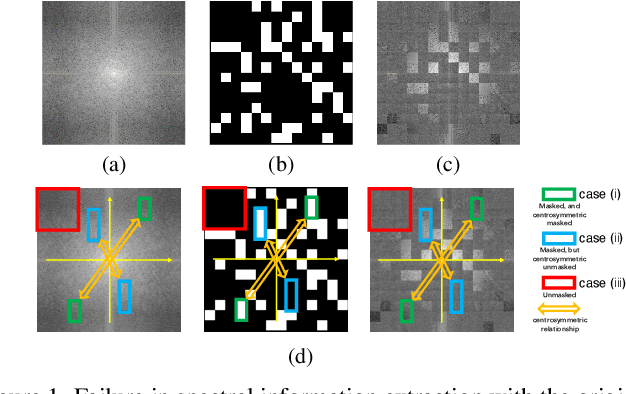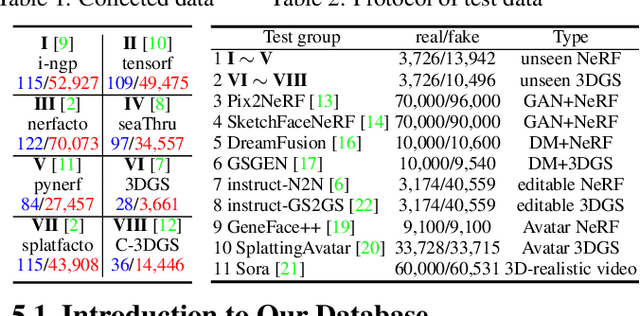Chengdong Dong
Towards More Accurate Fake Detection on Images Generated from Advanced Generative and Neural Rendering Models
Nov 13, 2024



Abstract:The remarkable progress in neural-network-driven visual data generation, especially with neural rendering techniques like Neural Radiance Fields and 3D Gaussian splatting, offers a powerful alternative to GANs and diffusion models. These methods can produce high-fidelity images and lifelike avatars, highlighting the need for robust detection methods. In response, an unsupervised training technique is proposed that enables the model to extract comprehensive features from the Fourier spectrum magnitude, thereby overcoming the challenges of reconstructing the spectrum due to its centrosymmetric properties. By leveraging the spectral domain and dynamically combining it with spatial domain information, we create a robust multimodal detector that demonstrates superior generalization capabilities in identifying challenging synthetic images generated by the latest image synthesis techniques. To address the absence of a 3D neural rendering-based fake image database, we develop a comprehensive database that includes images generated by diverse neural rendering techniques, providing a robust foundation for evaluating and advancing detection methods.
Towards Function Space Mesh Watermarking: Protecting the Copyright of Signed Distance Fields
Nov 18, 2023Abstract:The signed distance field (SDF) represents 3D geometries in continuous function space. Due to its continuous nature, explicit 3D models (e.g., meshes) can be extracted from it at arbitrary resolution, which means losing the SDF is equivalent to losing the mesh. Recent research has shown meshes can also be extracted from SDF-enhanced neural radiance fields (NeRF). Such a signal raises an alarm that any implicit neural representation with SDF enhancement can extract the original mesh, which indicates identifying the SDF's intellectual property becomes an urgent issue. This paper proposes FuncMark, a robust and invisible watermarking method to protect the copyright of signed distance fields by leveraging analytic on-surface deformations to embed binary watermark messages. Such deformation can survive isosurfacing and thus be inherited by the extracted meshes for further watermark message decoding. Our method can recover the message with high-resolution meshes extracted from SDFs and detect the watermark even when mesh vertices are extremely sparse. Furthermore, our method is robust even when various distortions (including remeshing) are encountered. Extensive experiments demonstrate that our \tool significantly outperforms state-of-the-art approaches and the message is still detectable even when only 50 vertex samples are given.
 Add to Chrome
Add to Chrome Add to Firefox
Add to Firefox Add to Edge
Add to Edge